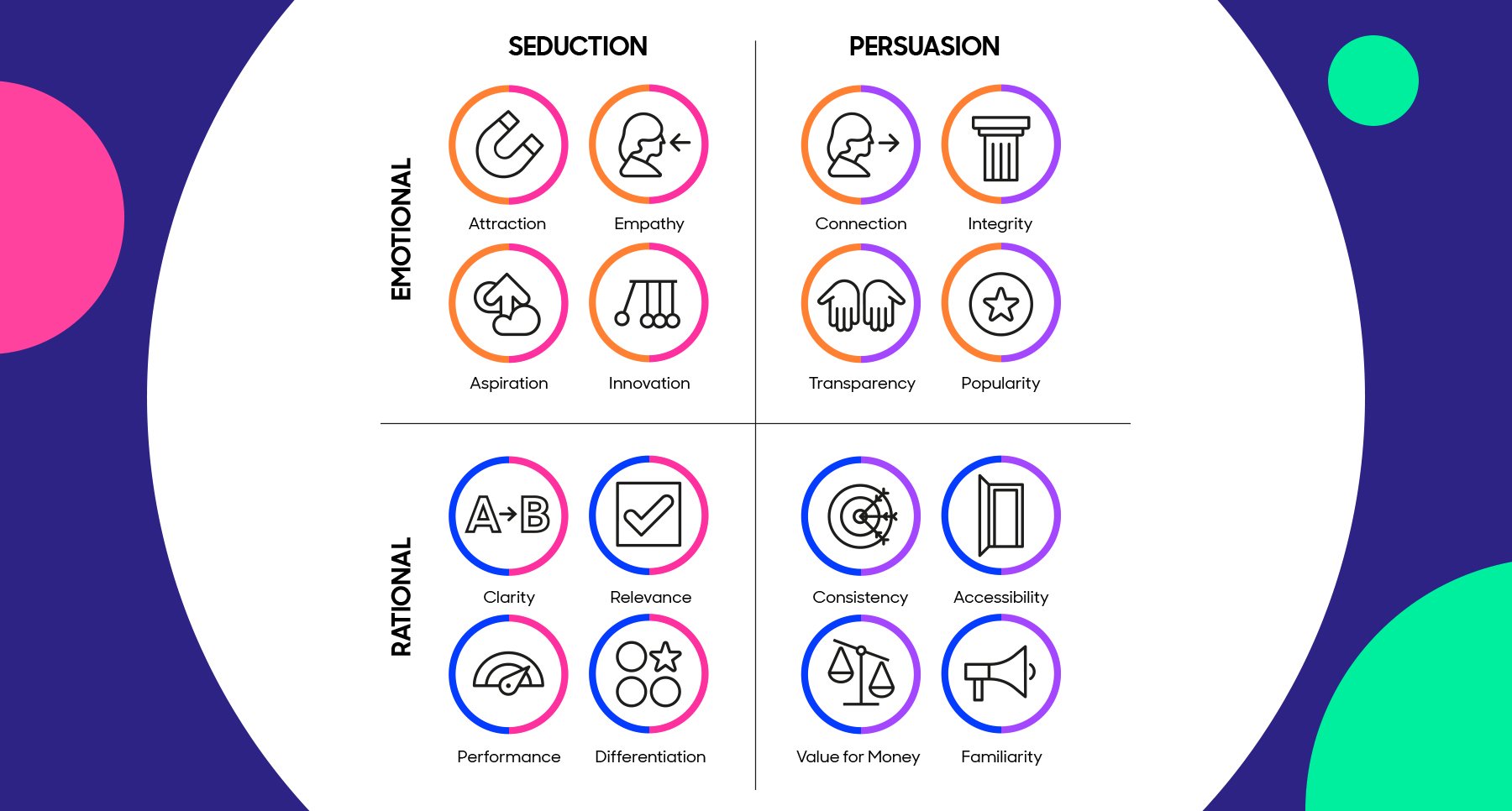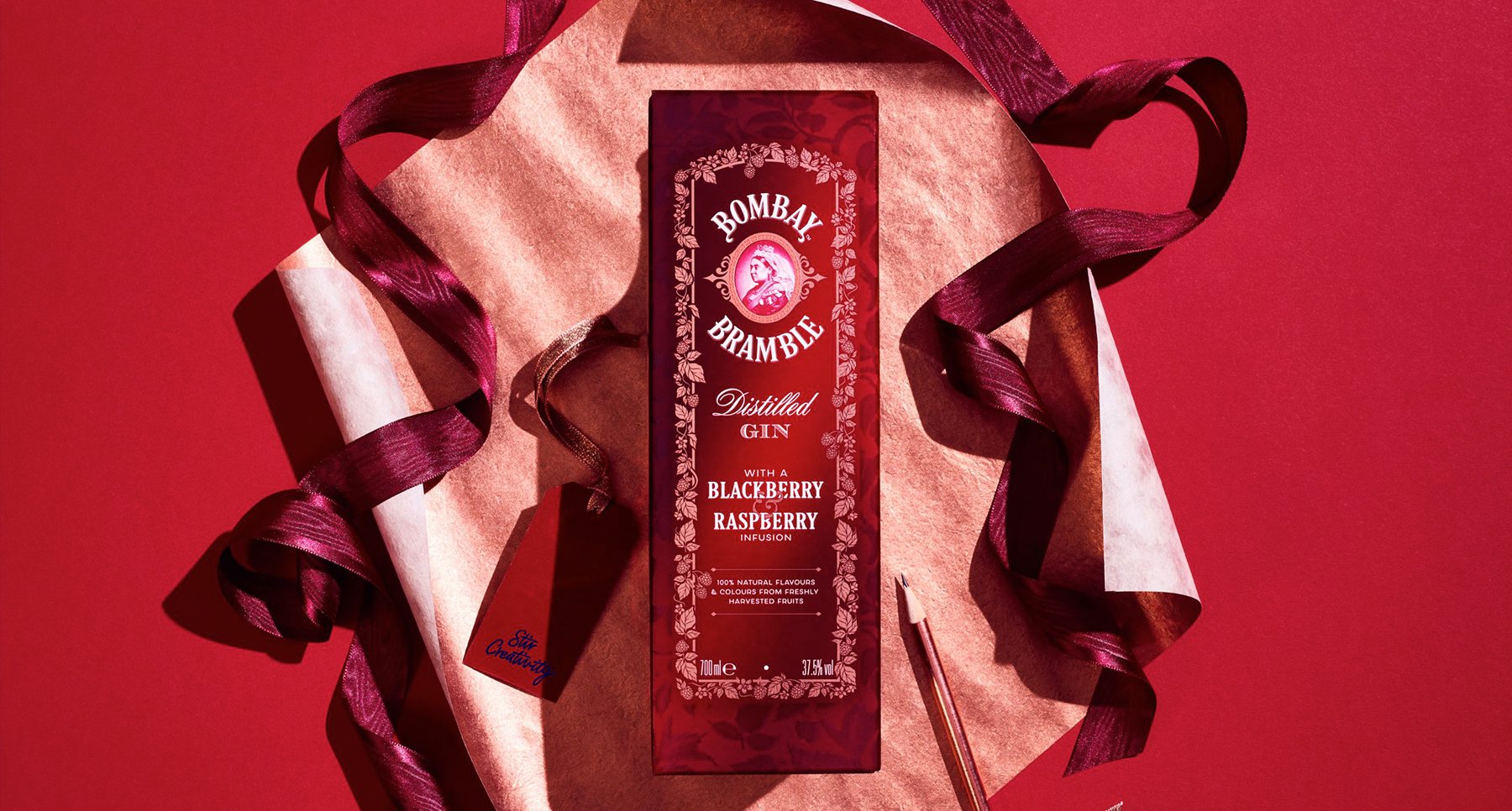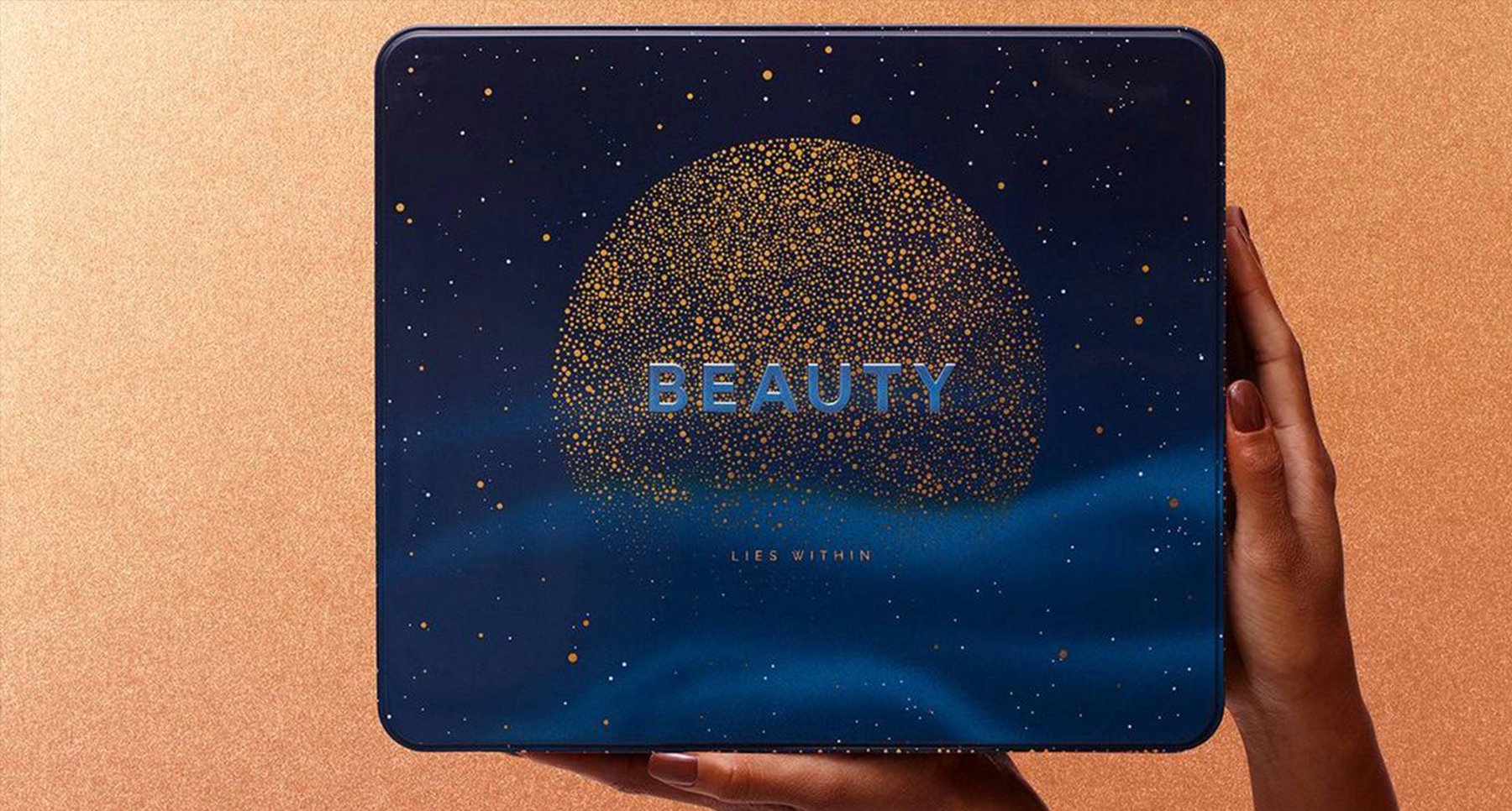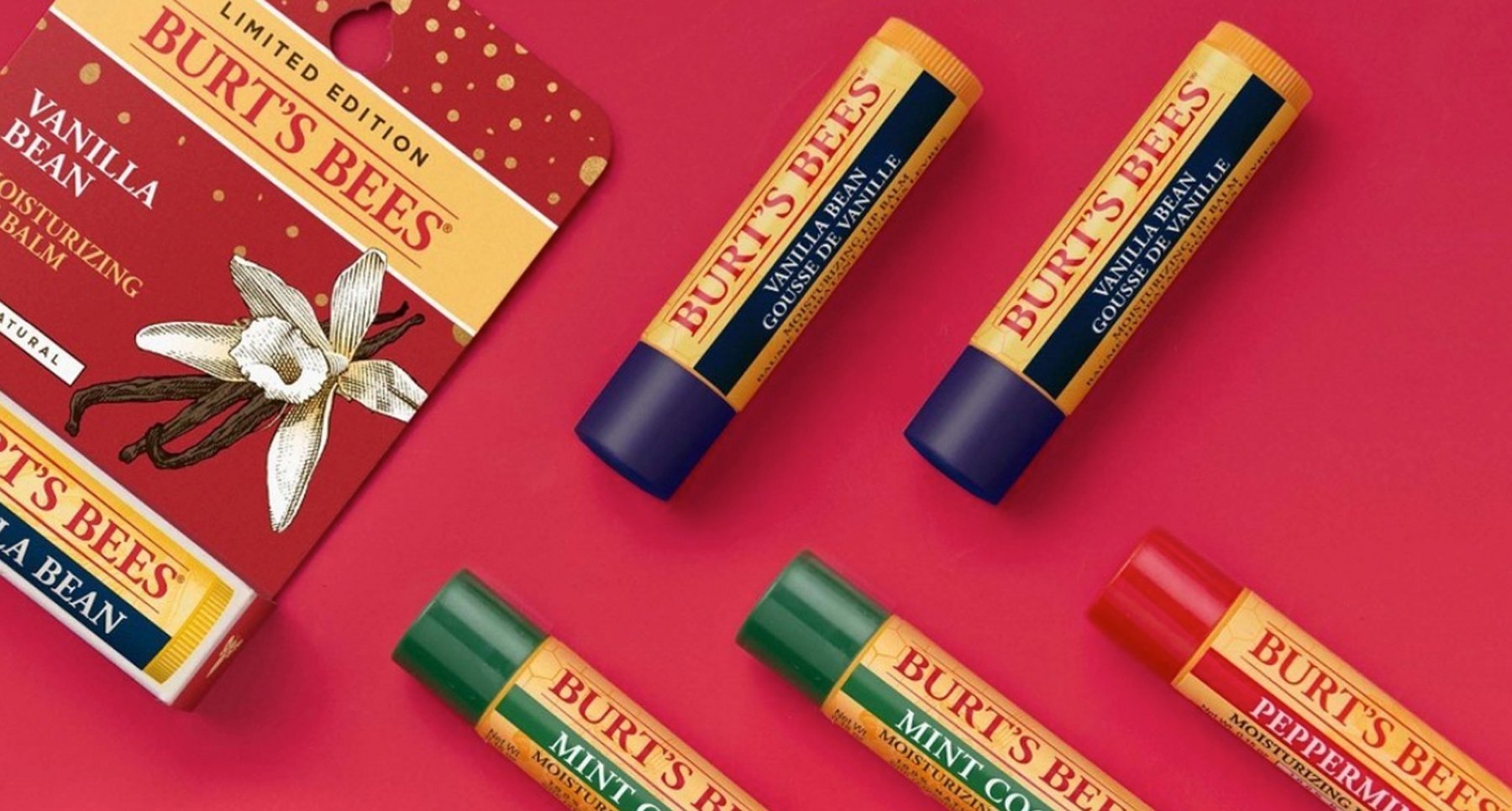Posted on December 7, 2021
Updated on March 13, 2023
5 min read time

December is upon us once more.
And in the Marketing world, this means one thing and one thing only. After a year of planning, plotting, and executing, brands can finally reveal the fruits of their labor…their holiday marketing campaigns.
Using ProQuo’s real-time intelligence - that looks into brands, their categories and competitors - we’ll be shedding light on the campaigns that have created the best connection with its audience.
But after the year we’ve just had – with COP26 and the IPCC report of ‘code red’ for humanity - we cannot ignore the influence the environment will undoubtedly have on this festive period. That’s why we’ll be analyzing the performance of these brands under the lens of sustainability to see if consumer priorities shift as environmental threats loom larger.
Looking at the 16 Drivers of Relationships - the 16 factors that have been proven neuroscientifically to determine the strength of a brand’s relationship with its consumers – we can see specific Drivers are necessary to focus on in order to create seasonal campaigns that resonate.

On our platform, we asked consumers to rate how important sustainability was in determining what they purchase over the festive period. Our intentions were to gauge whether the appetite for environmentally conscious brands were in growth or decline during periods of intense seasonality, like Christmas.
70% of people spoke positively about sustainable Christmas and festive holidays in general. Many vocalized their intention to buy sustainable products whenever the option was available. There was a clear sense that people in this group preferred brands who showed an interest in the environment, either through eco-friendly products, green initiatives, or other. This can be seen through comments, like “I try to buy sustainable products over this period when I can” and “there’s too much excess waste over the holidays, I try to shop smart to minimize this”.
What we see here is consumers prioritizing the Integrity Driver when determining what to purchase - preferring to choose brands that are environmentally responsible over those that aren’t.
Yet there were also frequent mentions of how brands needed to do more, suggesting a dissatisfaction about the pace of progress, and showing there is still more work to be done.
Consumers in the US were motivated differently to the UK, with the majority influenced to buy sustainably because of perceived health benefits. Consumers in this group used words like ‘safer’ and ‘healthier’ when describing sustainable products. When speaking about festive foods, they mentioned that sustainable products were typically organic and less processed as a justification for these beliefs.
This indicates there may be a need for brands to focus more on the Transparency Driver - clearly labelling the ingredients in their products to ensure customers aren’t opting for sustainable products for the wrong reasons.
Despite customers saying they prefer to buy more sustainably, cost was definitely an influencing factor. 20% of this group admitted going for the less sustainable option if it was the more affordable choice in retailers. Here, the Value for Money Driver is apparent, showing that there is more work for brands to do to justify the costs of their products and communicate value.
Packaging
Packaging that is either made with sustainable resources or is recyclable, is preferred. When reviewing responses on our platform, customers were overwhelmingly concerned about the amount of waste that is typically generated around this period through gift boxing and premium product editions.
Global spirit brand, Barcardi, is an example of a brand that’s taking steps to reduce their carbon footprint. This year, the brand released gift packs which contained 50% less plastic than the previous year. Through creating an innovative and compact new design for their products, Bacardi was able to remove 147 tons of single-use plastic from its gift sets.
Bacardi is taking steps to tackle key consumer concerns. The brand’s actions will resonate well with both US and UK markets who were vocal on our platform about the amount of superfluous packaging that’s created during the holiday season.

Product waste
Waste is a non-negotiable this year (and every year). In the UK, ‘food waste’ was singled out as the main contributor of waste around this festive period.
In the US, ‘consumerism’ was singled out as the most harmful and wasteful aspect of the holiday period - manifesting itself through single-use holiday decorations, wrapping paper and products with low longevity. Consumers pointed out there was a real need for products that ‘last longer than one season’.
When it comes to waste, the onus is being put on the brands here – specifically retailers – to be more thoughtful about the types of products they stock. It’s not just about the materials they use to create these products but also the products themselves. These need to be created with the rest of the year in mind, in the hope they will extend beyond the festive season and serve a purpose all year round.
A brand that does well in this area is UK retailer, M&S. This year, they put a lot of thought into their beauty advent calendars, packaging these in an elegant blue and gold box, that wasn’t so overtly Christmassy that it couldn’t be reused or regifted for a different occasion. The brand also opted for cardboard branding.

Consistency
On our platform, we can see customers are craving consistency. It’s no longer enough for brands to act sustainably on one occasion. If the brand is to be believed as authentic, their yearly actions need to marry up with their seasonal activities.
In the UK, a customer mentioned how “sustainability is important all of the time, not just during the holidays.”
In the US, customers felt a palpable sense of urgency around sustainability with one stating, "brands, suppliers and retailers need to step up and do more, not just on the holidays but all year round."
An authentic brand that has aligned its holiday activities well with its yearly marketing behavior, is Burt’s Bees. This sustainable beauty brand is living and breathing its environmental values through year-round initiatives, like responsible sourcing, natural ingredients and recyclable packaging.
To create festive marketing that aligns with these ventures, Burt’s Bees have made sure all of their packaging is recyclable, and have released a new limited edition, festive lip balm that’s made from 100% natural origin ingredients.

If you’re looking to create a better connection with your audience, boost your relevance or heighten your empathy, we can show you how to achieve these goals through our 16 Drivers.
Integrity
Brands must be clear on what they stand for, including what their values are, what the company’s mission is and what causes they want to support.
Establishing these values early on will help to guide seasonal campaigns, as if a brand knows their core beliefs inside out, it will be easy for them to replicate these through other activities.
If, for example, a brand is creating unsustainable products all year round, but chooses December as the time to stand for the environment through a green-focused campaign, this isn’t a good use of their marketing budget. Consumers are unlikely to buy into what they are selling, as it doesn’t marry up to existing behaviors they’ve come to expect from that brand.
Empathy
Speaking to your customers to find out what they value the most, is something that cannot be overlooked. Only after taking into account what they want and don’t want will you be able to create a marketing campaign that truly resonates with them. If your customers are worried about plastic-use, for example, your seasonal campaign should focus on this concern, addressing it through a new innovative design that reduces plastic use.
Value for Money
Despite sustainable products often costing more to produce, it’s important to take steps to make these products as affordable as possible. These should be comparative to the non-sustainable product versions in order to compete. When the barrier to entry is low, customers are more likely to take a risk on a new product, so making the most of your pricing is key.
Seasonal marketing provides a big opportunity for brands, suppliers, and retailers, to show up for causes they believe in. And with food waste and recyclability valued more and more by consumers, brands can’t afford to dance around the topic of sustainability anymore.
And this kind of thinking isn't exclusive to the December holiday period. These learnings will also be relevant for all major upcoming seasonal festivities, from Easter to Valentine’s Day. Since sustainability is becoming a passport factor in the Marketing world, there’s no longer any excuses for producing a campaign that isn’t mindful of it. Brands need to re-evaluate how they look at sustainability, shifting their perceptions of it to see it as an opportunity rather than an obstacle.
To see how our 16 Drivers of Relationships can help you to build a brand people fall in love with, click here.
Our intelligent platform will take your brand further, faster.
Don’t believe us?
© 2020-2023 ProQuo AI International
All rights reservedWebsite by Blend